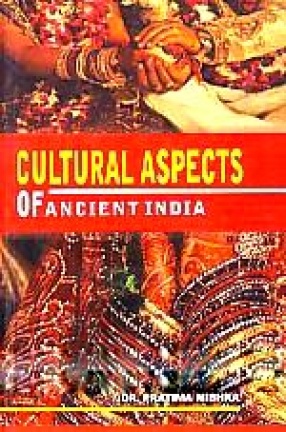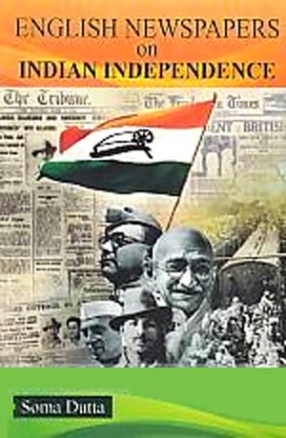There are more Muslims in India than in any other country in the world except Indonesia and Bangladesh. And they have been here for over a thousand years. The post-Mutiny period has been particularly turbulent in their history. Today every ninth Indian is a Muslim. Muslims, thus, constitute a very significant element of Indian society. And it is most important to understand Muslim aspirations, hopes and fears, achievements and activities during this crucial period. This Dictionary, the first of its kind to be published in this country, opens up a biographical window on the community by giving accurate and objective biographical sketches of over 700 Muslims in different spheres. Arranged in 2 Volumes, the entries cover a span of 120 years from the great uprising of 1857 to the 1970’s. It includes an impressive array of writers, scholars, educationists, historians, journalists, judges, lawyers, scientists, civil servants, Nawabs, landlords, Rajas, princes, rulers, tribal chiefs, rebels, martyrs, revolutionaries, theologians, mystics, artists, musicians and even a sample from the world of sports and films, besides any number of politicians of all hues. In other words, the Dictionary offers information about Wahabis and Faraizis, Deobandis and Aligarhians, titled gentry and commoners, loyalists, Congressmen, and Muslim Leaguers, Home Rulers & Khilafatists Ahrars, Unionists, Khaksars, Razakars and Red Shirts, Sunnis, Shias, Bohras, Khojas. Ahmadiyas, Moplahs and Memonsand a host of other categories. A distinctive feature of this dictionary is that it includes biographical material not only on the taller poppies but also on smaller men who often help to throw events, organizations and the dominant leadership into bolder relief.
Cultural Aspects of Ancient India
$59.40
$66.00





There are no reviews yet.